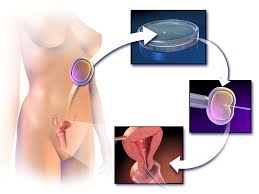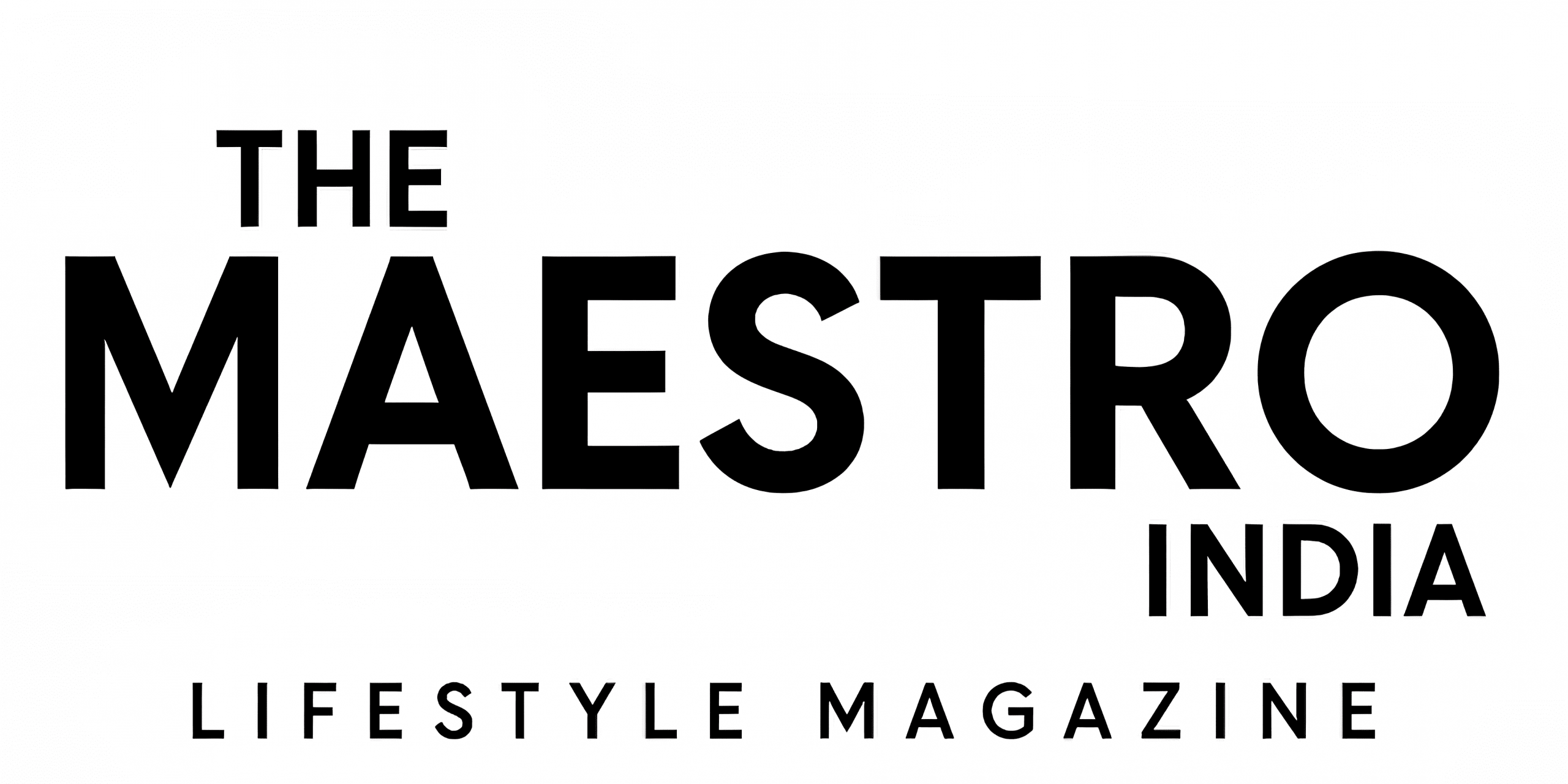Dr. Mannan Gupta, Chairperson & HOD, Obstetrics and Gynaecology, Elantis Healthcare, New Delhi

The field of fertility treatment has witnessed groundbreaking advancements, significantly improving the success rates and safety of Assisted Reproductive Techniques (ART). One of the most revolutionary procedures, Intracytoplasmic Sperm Injection (ICSI), has been a cornerstone of fertility treatments for over two decades.

Unlike traditional In Vitro Fertilization (IVF), where thousands of motile sperm are mixed with an egg in a dish, ICSI directly injects a single sperm into the egg, making it an invaluable technique for addressing male infertility issues such as Oligozoospermia (low sperm count), Teratozoospermia (abnormal sperm morphology), and Sperm Transport Disorders.
Revolutionizing ICSI with AI, Nanobots, and Robotics
ICSI has dramatically reduced the number of sperm required for fertilization from hundreds to just one viable sperm, leading to the development of next-generation ART techniques powered by Artificial Intelligence (AI), Nanotechnology, Laser-Assisted Hatching, and Robotic ICSI.
Artificial Intelligence (AI) for Embryo Selection
AI-based embryo selection is an emerging technology that is currently under clinical trials but has shown high predictive accuracy in identifying embryos with the best developmental potential. AI systems analyze vast datasets, reviewing hundreds of images per embryo, and predict the likelihood of successful implantation by assessing growth patterns. This allows for the selection of the embryo with the highest viability, optimizing success rates in ART procedures.
Robotic ICSI & Nanobot-Assisted Fertilization
The integration of automation, robotics, and nanotechnology has introduced a novel way to enhance fertilization precision:
Nanobot-Assisted Sperm Selection: Tiny nanobots are deployed to identify, capture, and transport the healthiest sperm, guiding it directly to the egg for fertilization. This real-time analysis of sperm motility and viability ensures the selection of the most competent sperm for fertilization.
Robot-Assisted ICSI: Robotic systems track, immobilize, aspirate, and inject a single sperm into the oocyte with extreme precision. This technique, requiring minimal human intervention, has demonstrated success rates exceeding 90% and a survival rate of 90.7% in various trials, significantly improving ART outcomes.
Laser-Assisted Hatching for Enhanced Implantation
In certain cases, even a high-quality embryo may face challenges in implanting within the uterus due to abnormal thickening of the outer shell (zona pellucida). Laser-Assisted Hatching (LAH) addresses this issue by creating a small opening in the embryo’s outer layer, facilitating better attachment to the endometrial lining and improving implantation success rates.
The convergence of AI, robotics, and nanotechnology is revolutionizing ART, offering greater precision, higher success rates, and improved patient outcomes. As these technologies continue to evolve, they hold the promise of making fertility treatments more efficient, accessible, and successful than ever before.


0 Comments